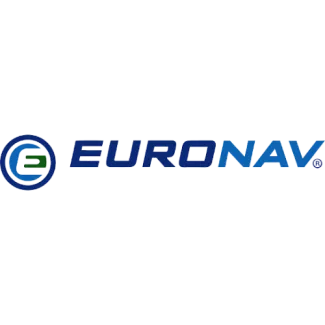 SAP BPC eases consolidation and stops flood of spreadsheets files at Euronav
SAP BPC eases consolidation and stops flood of spreadsheets files at Euronav
"Now that the consolidation process is done in-house with SAP BPC, we have detailed insights into the performance of both the company and every separate vessel.
Some of Euronav's 34 vessels are owned by separate joint venture companies. Until 2009, entering and consolidating the data supplied by all these firms involved a great deal of manual work. Furthermore, the financial consolidation was still done by Compagnie Maritime Belge (CMB), Euronav's former parent company. The problem with this working method was that CMB could only provide the consolidated figures, without a link to the results of the different companies. Exploring the data to assess the contributions of each vessel separately was therefore very difficult and time consuming. The worst part, however, was that most of the intermediate calculations and reporting were done manually, via Excel. This meant a lot of copying/pasting, hundreds of files and formulas to produce forecasts and simulations, no versioning and a different reporting approach for every employee.
Not to mention a very high potential for error margin! An efficient planning and consolidation tool was therefore a real must.
Excel front-end ensures continuity
Any new system would have to meet very demanding requirements. Next to integration with the existing tools that didn't need replacement, Euronav was particularly concerned about flexibility, usability and clear reporting features. Furthermore, it was important that the consolidation of the results could be done in-house. During a company visit and demo organized by integration partner element61, Euronav experienced the power of SAP BPC in a real corporate environment and was won over by the solution. Not only does it offer the required functionality, it also has an Excel frontend, which means that the users do not have to stray too much from their familiar working habits. The Online Analytical Processing (OLAP) system on which SAP BPC is built also offers high flexibility and reporting capabilities which eliminate recalculations in Excel. This was another decisive factor. "We were also very much convinced of element61 excellent consolidation knowledge and references in SAP BPC implementations, says Timothy Melis, Accounting Projects Analyst at Euronav.
Automatic results for the first time
The introduction of SAP BPC at Euronav was phased: first consolidation, then budgeting, each with a different time-frame. Timothy Melis: "The consolidation was the most challenging step, starting in January 2010. Two days a week, the element61 consultant worked in-house with us to get this functionality up and running. Due to our special organizational structure, this proved to be a huge challenge, but luckily the consultant had enough knowledge on both the software and business consolidation in general to pull it off. In June 2010, the SAP system started running in parallel with the existing tool. This allowed us to calculate the preliminary results automatically for the first time; a big step forward. The second phase, budgeting, started in June 2010 and allows Euronav to book in three different currencies EUR, USB and GBP. Consequently, the company always has a clear overview of the budget and can easily evaluate the impact of the exchange rates on the business results.
Logical approach proves efficiency
"The first results are very positive, Timothy Melis continues. "The direct calculation of the preliminary figures has showed the convenience of having the preliminary and definitive figures calculation in the same program which is the logical way of working anyway. Now that the consolidation process is done in-house with SAP BPC, we have detailed insights into the performance of both the company and every separate vessel. Having a standard reporting form also allows us to get a more consistent overview of the figures. Furthermore, the fact that there's only one source of information drastically facilitates the interpretation of the figures. Last but not least, the stricter working method with the resulting logic including versioning, improved structure and only one data location will allow us to interpret the results directly without having to browse through numerous intermediate versions. We are definitely looking forward to switching to this system completely.
Technology used
The software solution used in this project originally was SAP Business Objects Planning and Consolidation 7 for the Microsoft platform. Meanwhile an upgrade was performed to version 10.
Requirements:
- In-house consolidation of results
- Less manual operations in administrative process
- Drastic reduction in the number of files
- Automated budgeting process
Benefits:
- Higher operational efficiency
- Automatic calculation of intermediate results
- Radical simplification of consolidation process
- Possibility to investigate results
- Full consolidation on a quarterly basis
- Unified solution for both budgeting and consolidation
